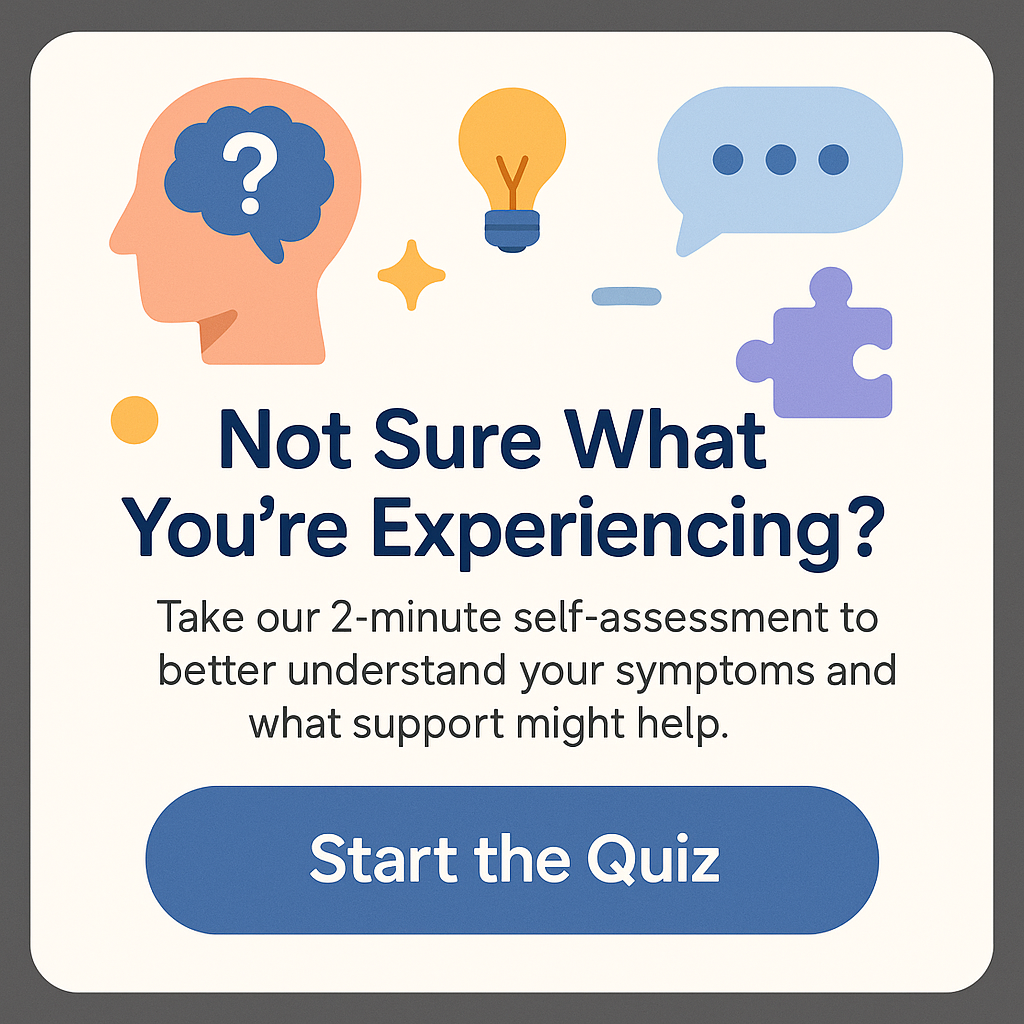What is a Level 1 Autistic Child? Understanding the Basics
What is a Level 1 autistic child? This question often arises among parents, educators, and anyone interested in understanding autism spectrum disorder (ASD) better. Autism is an umbrella term encompassing various neurological conditions, and the levels of autism provide a clearer view of individual needs. A Level 1 autistic child, designated as requiring ‘support,’ displays characteristics that differentiate them from others on the spectrum. This article aims to explore what it means to be a Level 1 autistic child, offering clarity on the diagnosis, symptoms, challenges, and effective support strategies.
Understanding Autism Spectrum Disorder (ASD)
Before diving deep into what it means to be a Level 1 autistic child, let’s take a step back and look at autism spectrum disorder as a whole. ASD is a complex neurological disorder that affects how an individual communicates, interacts socially, and interprets the world around them. It is categorized into three levels based on the intensity of support required:
- Level 1: Requiring support
- Level 2: Requiring substantial support
- Level 3: Requiring very substantial support
Level 1 autism is often referred to as ‘high-functioning autism’ because children at this level typically exhibit average or above-average cognitive abilities. However, they may struggle with certain aspects of social and communication skills. Knowing these distinctions helps in understanding the deeper complexity of what a Level 1 autistic child navigates each day.
Characteristics of a Level 1 Autistic Child
So, what does a Level 1 autistic child look like? It’s important to understand that characteristics of autism can manifest differently in each individual. However, several common traits typically emerge:
- Social Communication Challenges: Children with Level 1 autism may find it difficult to engage in conversations or reciprocate social interactions. They may not pick up on social cues such as tone of voice or body language, making social interactions challenging.
- Obsessive Interests: Many level 1 autistic children exhibit intense focus or interest in specific subjects or activities. These interests can sometimes dominate their conversations and playtime.
- Rigid Routines: Children at this level may have a strong preference for consistent schedules or routines. Changes in these routines can lead to significant distress.
- Sensory Sensitivities: Many Level 1 autistic children experience heightened sensitivities to sensory inputs like lights, sounds, and textures, which can lead to overwhelm in busy environments.
- Intellectual Capabilities: Often, children classified as Level 1 have average to above-average intelligence, meaning that they can perform academically on par with their peers.
Recognizing these characteristics can help caregivers and educators in creating strategies to support Level 1 autistic children effectively.
Support Strategies for Level 1 Autistic Children
Understanding what a Level 1 autistic child is only the start; knowing how to support them is crucial. Here are several support strategies you can implement:
1. Enhancing Communication Skills
Since Level 1 autistic children may struggle with social communication, enhancing these skills is key. Here are practical strategies:
- Use Clear Language: Use straightforward and unambiguous language when speaking. Avoid idioms or complex sentence structures that can lead to confusion.
- Model Conversations: Engage them in role-play or social skills groups to practice conversation starters, maintaining eye contact, and responding to questions.
- Visual Supports: Incorporate picture schedules or visual aids to help represent social rules or sequences of interactions, making it easier for the child to understand what to expect in social situations.
2. Fostering Emotional Regulation
Level 1 autistic children often experience intense emotions, which can lead to meltdowns or shutdowns. Here’s how you can support emotional regulation:
- Teach Coping Mechanisms: Encourage self-soothing techniques such as deep breathing, using sensory tools (like stress balls), or engaging in a favorite calming activity.
- Recognize Triggers: Work together to identify what specific situations can overwhelm them, and discuss alternative ways to cope with those situations.
- Consistent Routines: Establishing a reliable routine can help them predict daily events, reducing anxiety and feelings of unpredictability.
These methods can help create a supportive environment where a Level 1 autistic child feels understood and valued, reducing frustration for both the child and the caregiver.
Challenges Faced by Level 1 Autistic Children and Their Families
Though understanding what a Level 1 autistic child entails can seem hopeful, it’s essential to recognize the challenges they face.
1. Social Isolation
Due to difficulty engaging socially, Level 1 autistic children may experience feelings of isolation. Fellow children may not understand their behavior or interests, which can lead to isolation during playtime and classroom activities. Encouraging inclusive environments may help bridge that gap. Consider fostering friendships through structured playdates that highlight their interests and strengths.
2. Academic Pressure
While many Level 1 autistic children can perform academically at an average level or better, they might face pressures to conform to typical educational expectations. Some children may find certain subjects challenging due to their social interaction difficulties. Providing individualized education plans (IEPs) can assist in catering lessons to their specific learning styles, ensuring they do not fall behind while also feeling supported.
By keeping these challenges in mind, families and educators can create a more robust support system for Level 1 autistic children, catering to their unique set of needs.
Conclusion
In summary, understanding what is a Level 1 autistic child involves recognizing their distinctive characteristics and supporting their unique needs. These children, often referred to as high-functioning, can lead rich, fulfilling lives with the right support systems in place. By enhancing social communication skills, fostering emotional regulation strategies, and being aware of the challenges they face, parents and educators can navigate this complex journey together.
Always remember that every child is unique, and what works for one may not work for another. Nevertheless, with patience, understanding, and love, significant progress can be made towards helping a Level 1 autistic child thrive within society.
FAQs
- What are the key traits of a Level 1 autistic child?
Key traits include social communication challenges, obsessive interests, rigid routines, sensory sensitivities, and typically average or above-average cognitive abilities. - How can I support my Level 1 autistic child in school?
Collaborate with teachers to create an Individualized Education Plan (IEP) and encourage social interactions with peers through structured play. - Are there therapies available for Level 1 autistic children?
Yes, behavioral therapies, speech therapy, and social skills training are effective approaches that can help Level 1 autistic children navigate social situations. - Can a Level 1 autistic child live independently?
Many Level 1 autistic children can grow to lead independent lives with the proper skills training and support. - What are some resources for parents of Level 1 autistic children?
The Autism Society and the CDC offer robust resources, educational material, and communities for support.
For further reading, understand the nuances of autism by checking resources from Autism Speaks and the Centers for Disease Control and Prevention (CDC).
Do Autistic People Have Empathy? Understanding the Nuances
Who Carries the Autism Gene, Mother or Father? Discover the Truth
Is it Autism or ADHD? Understanding the Differences and Similarities







